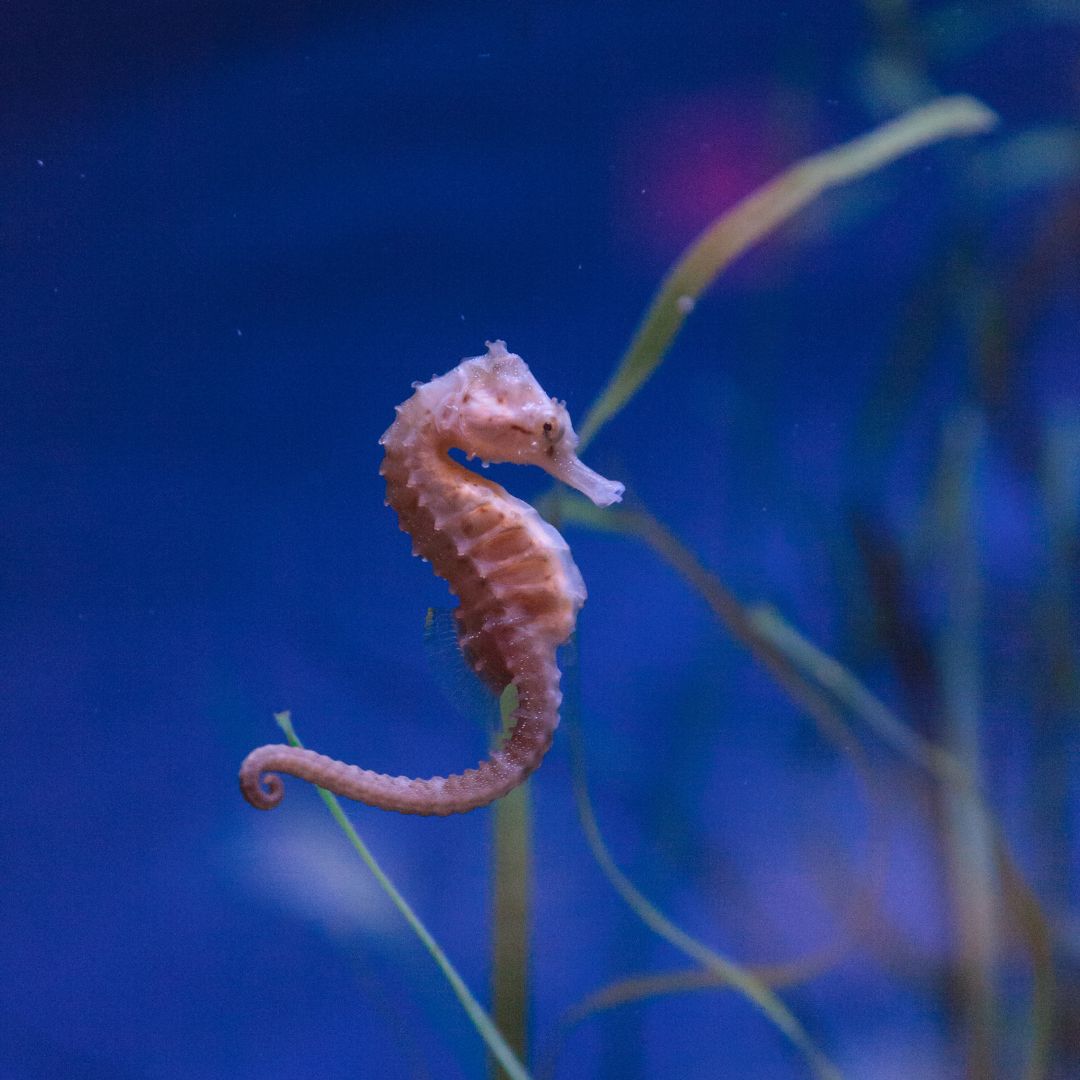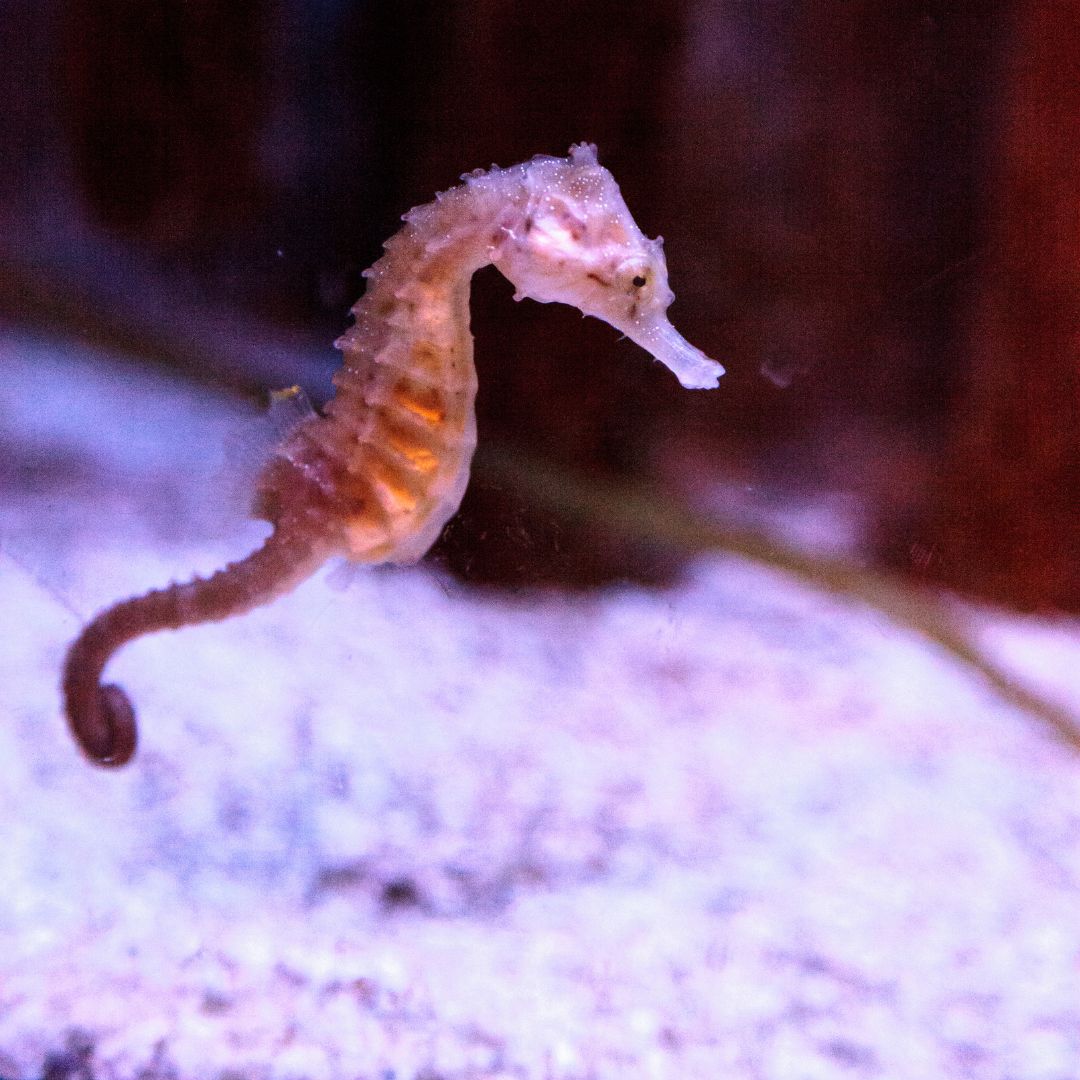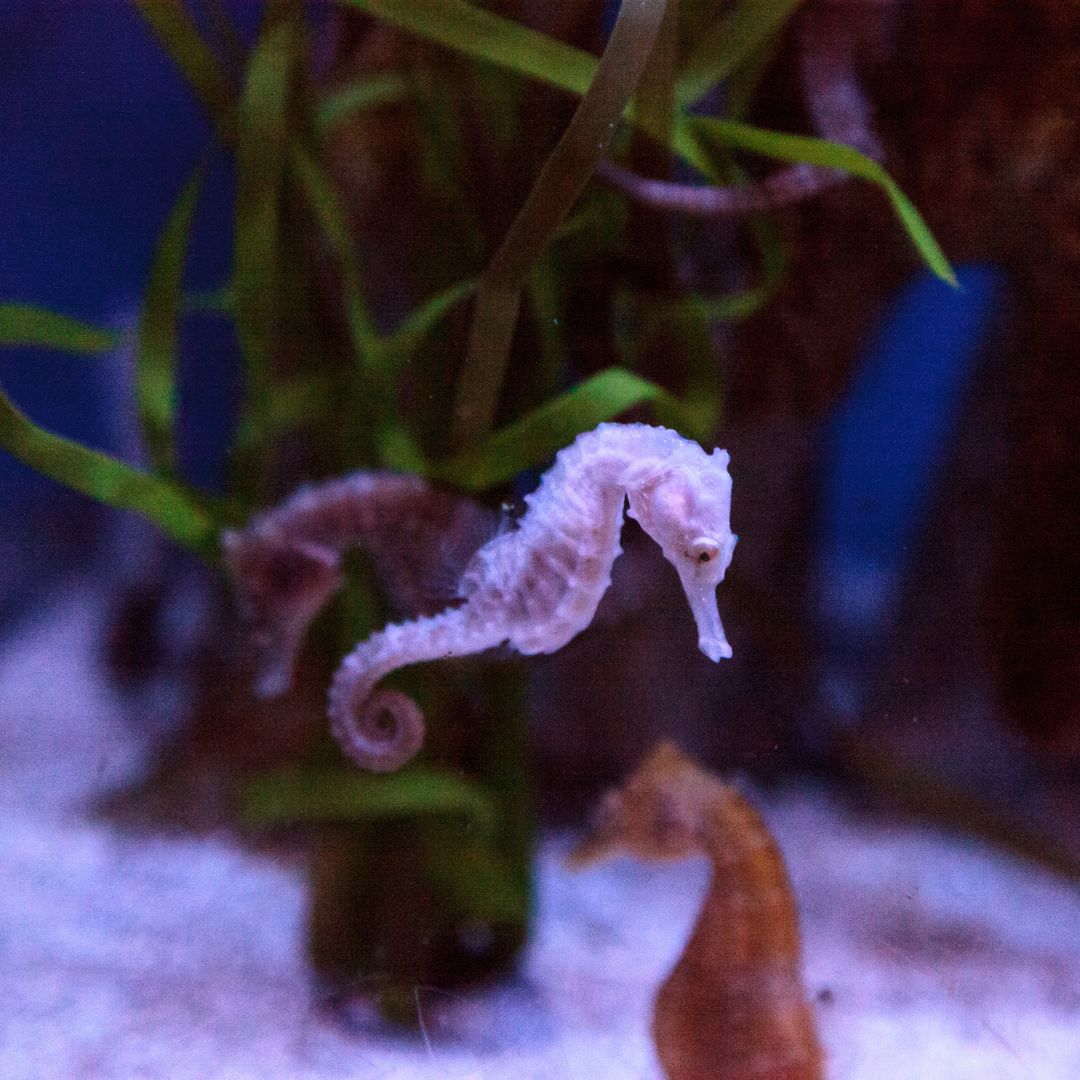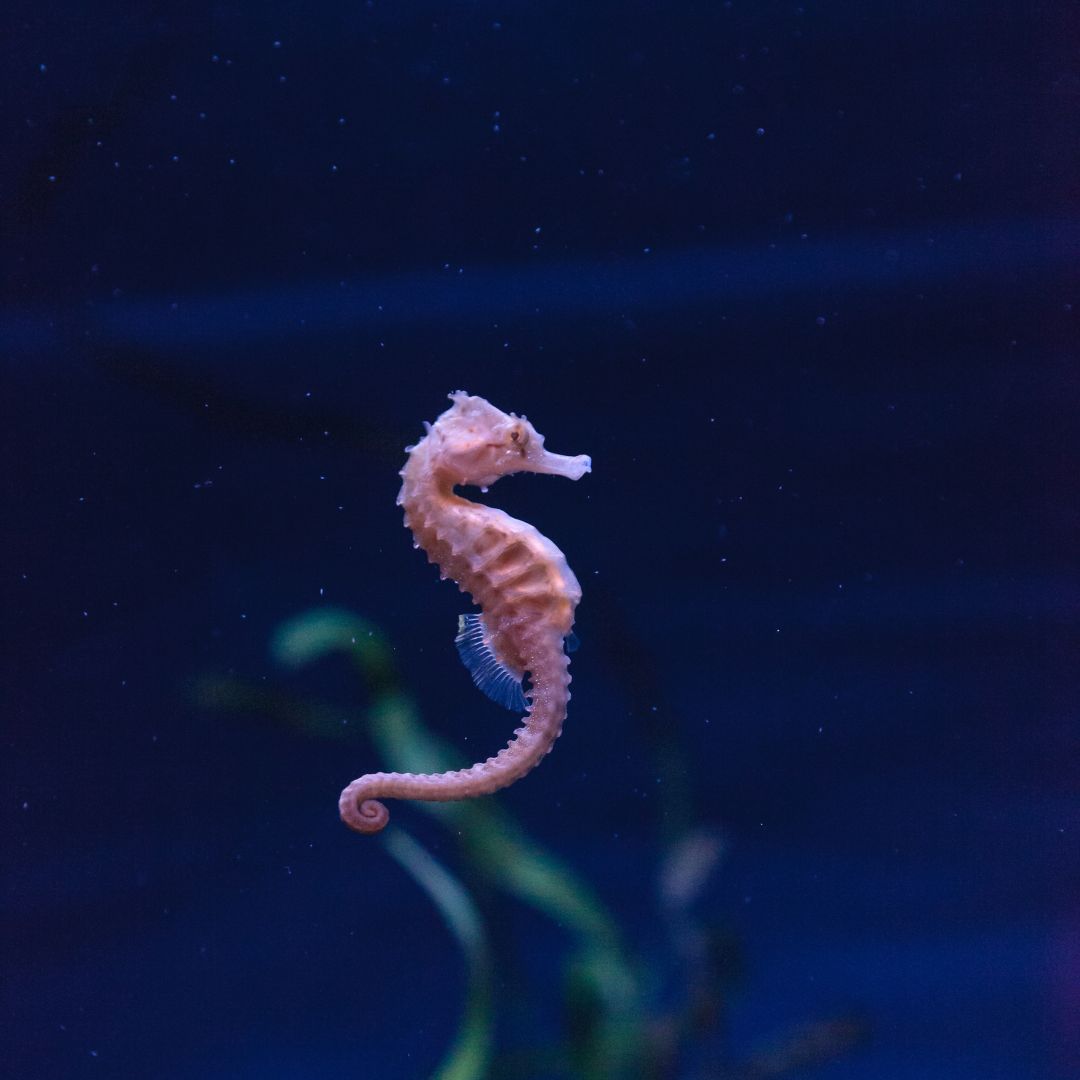Kuda Seahorse
Kuda Seahorse
- Water Type: Marine
- Tank Size: Min. 100L once fully grown
- Recommended Amount: Seek Advice
Share
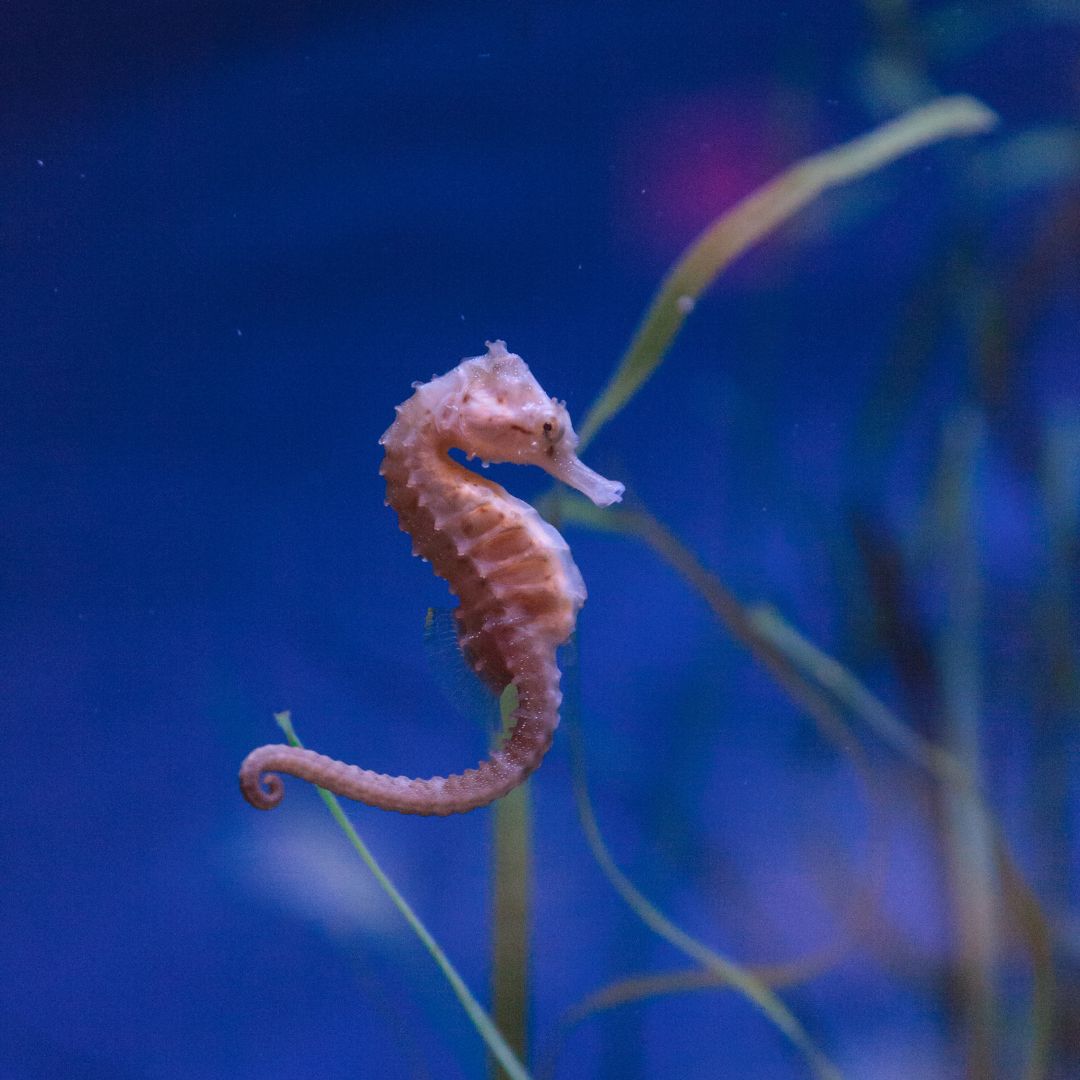
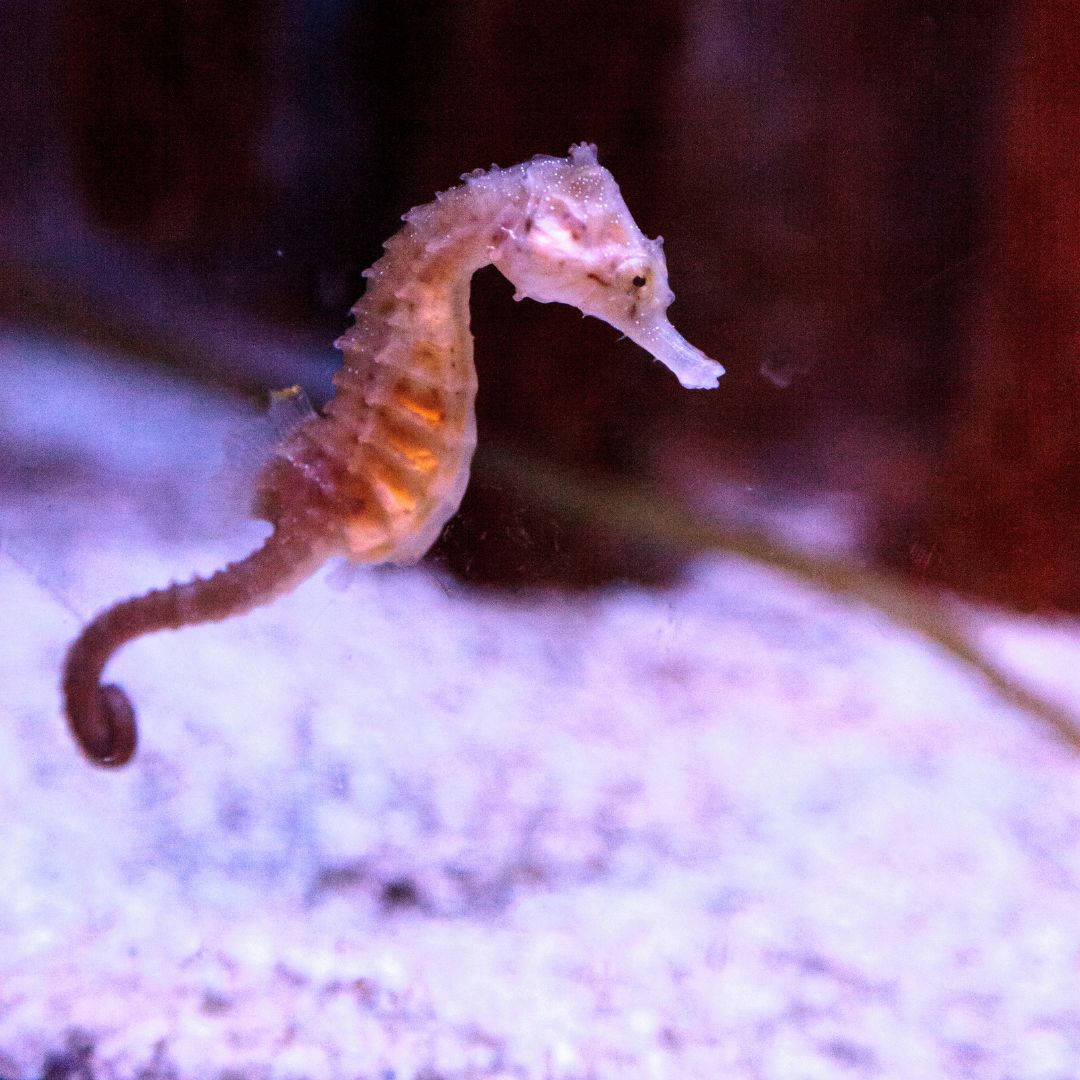
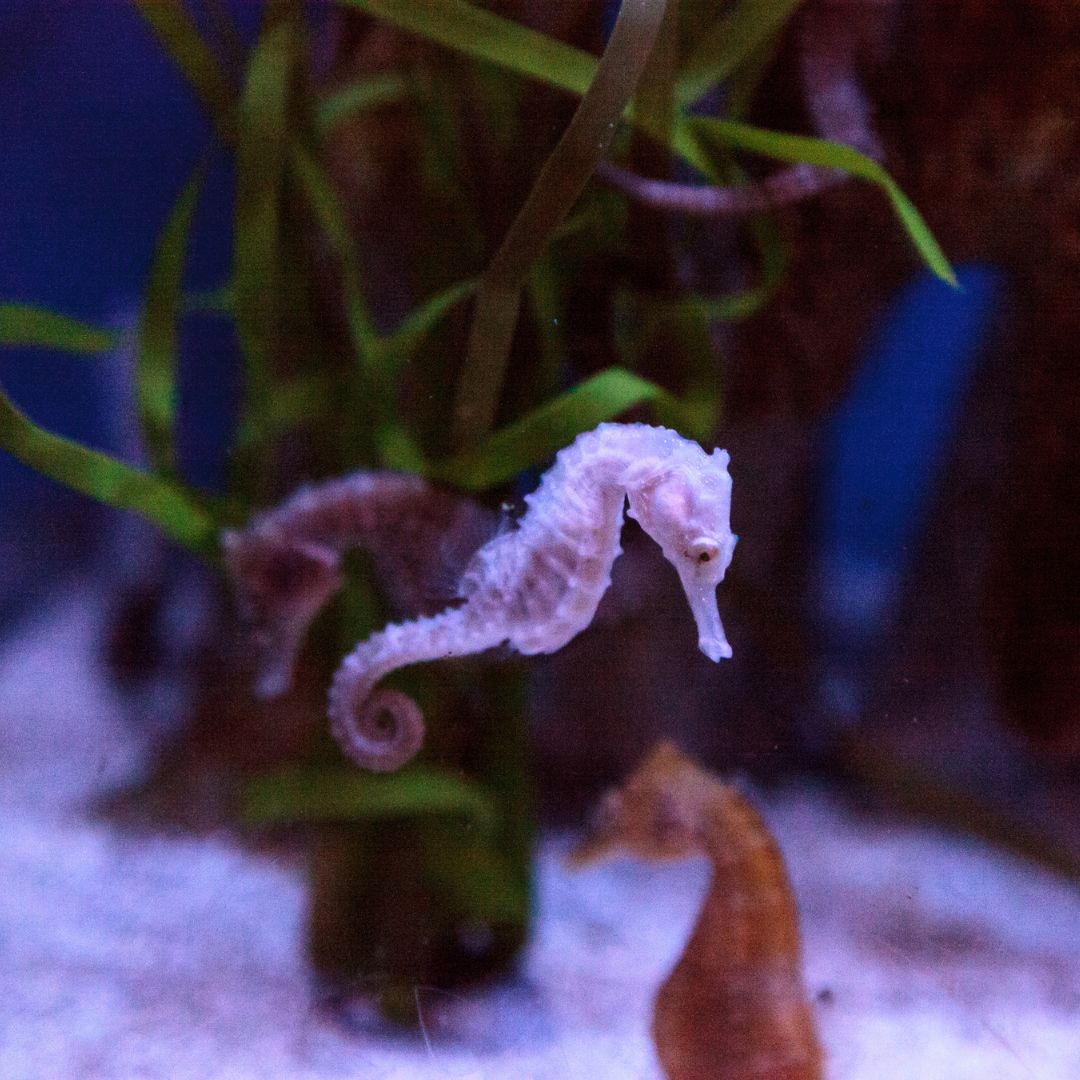
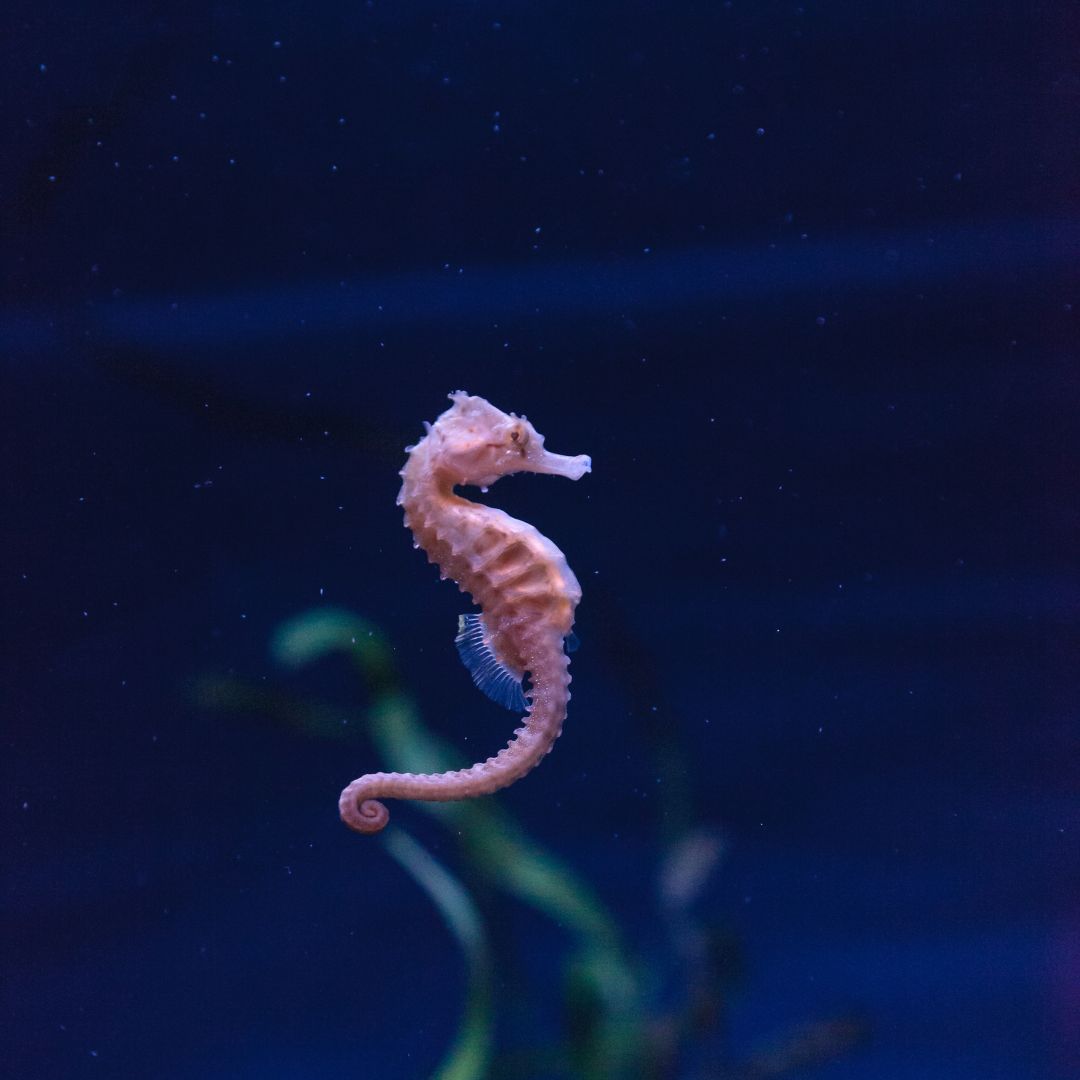
Your Guide to Buying and Adding a Kuda Seahorse to Your Tank
The Kuda Seahorse, or Hippocampus kuda, is an enchanting addition to marine aquariums. These iconic creatures captivate with their delicate structures and unique behaviours. Yet, they also come with specialized care requirements that every potential owner should be aware of.
Choosing the Right Kuda Seahorse
When you're on the lookout for a Kuda Seahorse:
- Opt for captive-bred over wild-caught specimens. Captive-bred seahorses are more adapted to tank environments and typically healthier.
- Look for lively seahorses with clear eyes and an upright posture. Avoid any showing signs of distress or skin blemishes.
Physical Appearance
Characteristics of the Kuda Seahorse:
- Slender body with a length that can reach up to 7 inches.
- Colours range from yellow to dark brown, and they may have occasional spots.
- Their prehensile tail is used to grip onto surfaces.
Compatibility with Other Fish
In terms of tankmates:
- Seahorses are best housed in a species-specific tank due to their slow-moving nature and unique feeding requirements.
- If mixing, choose peaceful and slow-moving fish, avoiding any aggressive or very active species.
Reef Safe
Considering coral and reef setups:
- Kuda Seahorses are generally reef safe.
- They won't harm corals but can be harmed by aggressive invertebrates like large crabs or anemones.
Suitable Tank Size
For their optimal living space:
- A 100 litre tank is the minimum recommended size, but bigger is always better.
- Vertical space is crucial, as seahorses prefer to swim upwards.
Water Conditions
Maintaining the right parameters:
- Temperature: 22-26°C
- pH levels: 8.1-8.4.
- Specific gravity: 1.023-1.025.
- Ammonia, nitrite, and nitrate levels should be kept as low as possible.
Preparing Your Tank
To create an ideal seahorse habitat:
- Include seahorse-safe hitching posts like soft corals, gorgonians, or specially designed artificial structures.
- A gentle water flow is essential. Avoid strong currents which can stress seahorses.
Monitoring Behaviour
Observation is key:
- Watch for the seahorse's typical behaviour of gripping onto structures with its tail.
- Continuous floating or lying at the bottom can indicate stress or illness.
Feeding Schedule
To meet their dietary requirements:
- Seahorses are carnivores and require live food, preferably live mysis shrimp.
- Feed them multiple times daily, ensuring food is accessible since they are slow feeders.
- Captive-bred seahorses might accept frozen mysis, but live is best.
Kuda Seahorses are delicate, requiring a dedicated and informed approach to their care. Their grace and charm are a reward for the aquarist willing to meet their specific needs, offering a unique experience in the marine hobby.

